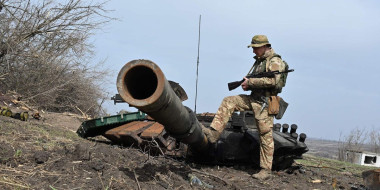Russia is sending 'disposable' soldiers to fight Ukraine high on amphetamines to ensure they 'still run at machine guns,' military expert says
Russia has taken to chemically lowering its soldiers’ inhibitions to guarantee these ill-trained civilians and convicts continue to fight no matter the odds in the ongoing war in Ukraine, according to a UK defense think tank.
